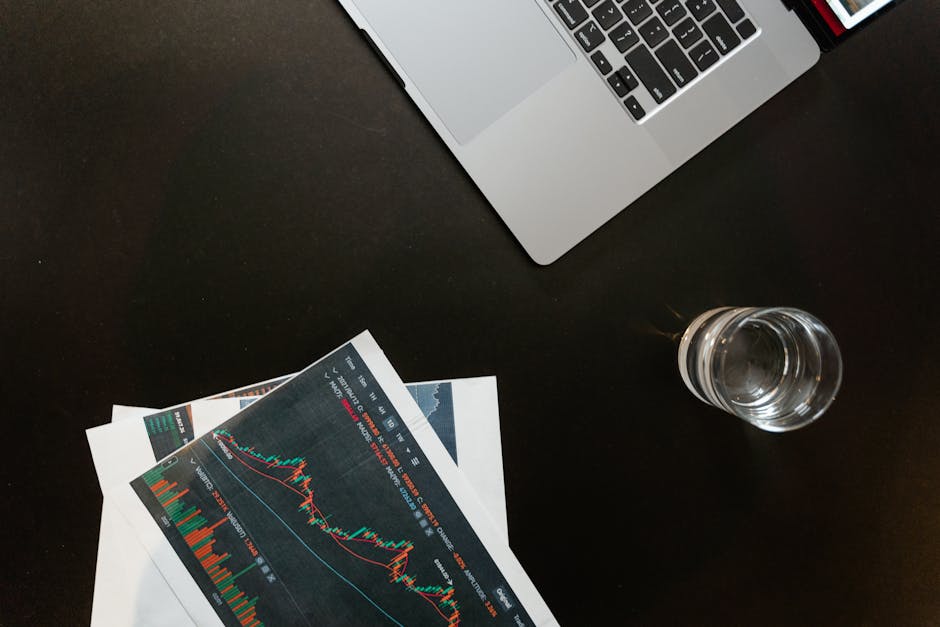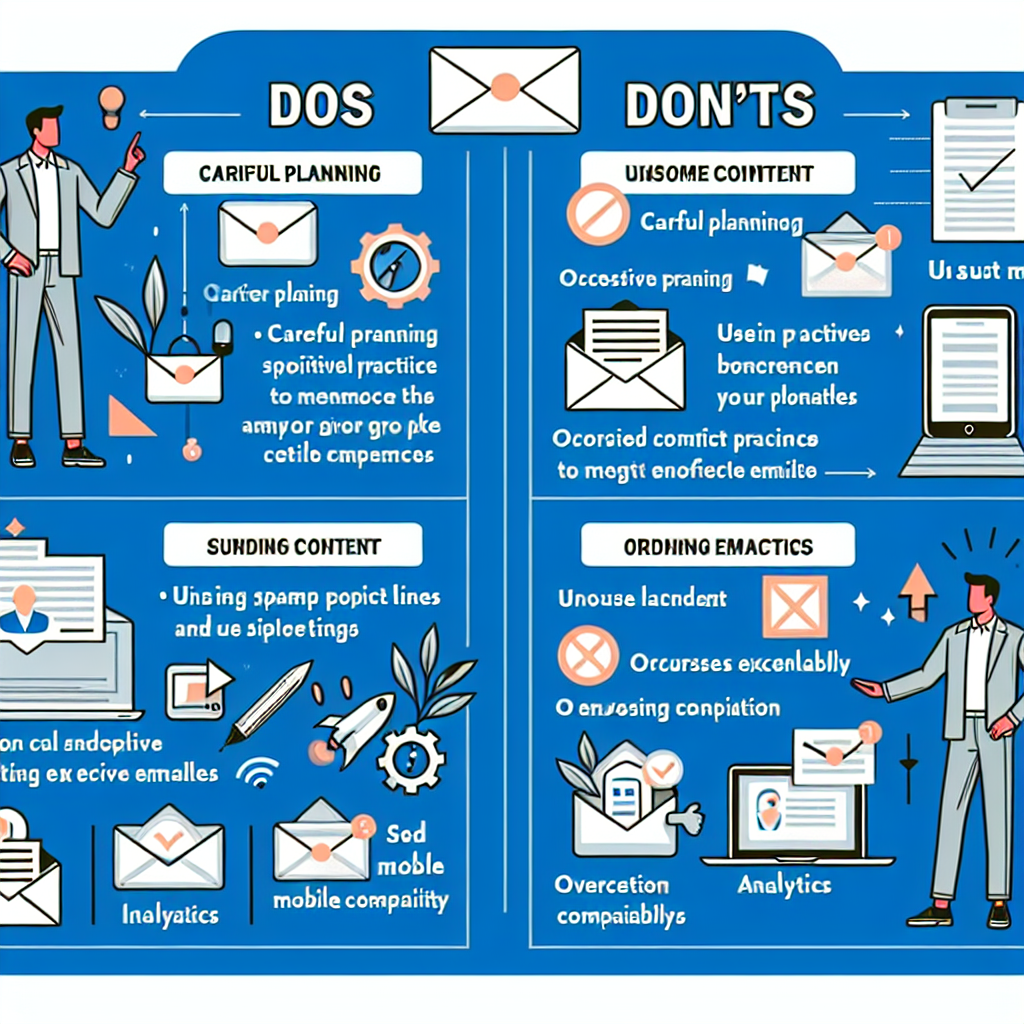The Role of Analytics in Funnel Optimization
In the ever-evolving landscape of digital marketing, funnel optimization stands as a critical component for driving conversions and maximizing ROI. But how do businesses ensure their funnels are performing at their best? The answer lies in the effective use of analytics. By leveraging data, companies can fine-tune each stage of the funnel, ensuring a seamless journey for users from awareness to action. In this blog post, we will explore the intricate role of analytics in funnel optimization, providing actionable insights and examples to help you enhance your marketing strategies.
Understanding the Marketing Funnel
Before diving into the role of analytics, it is essential to understand the structure of a marketing funnel. The funnel is typically divided into several stages:
- Awareness: Attracting potential customers through various channels such as social media, SEO, and content marketing.
- Interest: Engaging prospects with valuable content and building their interest in your product or service.
- Consideration: Providing detailed information and comparisons to help prospects evaluate your offerings.
- Intent: Encouraging prospects to take action through targeted offers and calls-to-action (CTAs).
- Purchase: Converting prospects into customers by facilitating a smooth transaction process.
- Loyalty: Retaining customers through consistent engagement and excellent customer service.
The Importance of Analytics in Funnel Optimization
1. Identifying Drop-Off Points
One of the primary benefits of analytics is the ability to identify where users are dropping off in the funnel. By analyzing metrics such as bounce rate, exit rate, and time on page, you can pinpoint the stages where prospects lose interest. For instance, if you notice a high bounce rate on your product pages, it may indicate that the content is not engaging enough or that the page load time is too slow. Addressing these issues can significantly improve your conversion rates.
2. Tracking User Behavior
Analytics tools like Google Analytics and Hotjar provide insights into user behavior, allowing you to understand how visitors interact with your website. Heatmaps, for example, show where users click the most, helping you optimize your CTAs and important links. Session recordings provide a detailed view of the user journey, highlighting any obstacles or friction points. These insights enable you to make data-driven decisions to enhance the user experience.
3. Measuring Campaign Effectiveness
With analytics, you can track the performance of your marketing campaigns and determine which channels are driving the most traffic and conversions. By analyzing metrics such as click-through rate (CTR), conversion rate, and cost per acquisition (CPA), you can allocate your budget more effectively and focus on the strategies that yield the highest ROI. For example, if your email marketing campaigns have a higher conversion rate than your social media ads, you may decide to invest more in email marketing.
Actionable Tips for Leveraging Analytics in Funnel Optimization
1. Set Up Goals and Funnels in Google Analytics
To gain valuable insights into your funnel performance, set up goals and funnels in Google Analytics. Goals allow you to track specific actions, such as form submissions or purchases, while funnels visualize the steps users take to complete these goals. By analyzing the funnel reports, you can identify bottlenecks and optimize each stage for better conversions.
2. Use A/B Testing to Optimize Key Elements
A/B testing is a powerful technique for optimizing key elements of your funnel, such as headlines, CTAs, and landing pages. By testing different variations and analyzing the results, you can determine which version performs better and implement the winning changes. Tools like Optimizely and VWO make it easy to run A/B tests and track the impact on your funnel metrics.
3. Monitor Cohort Analysis
Cohort analysis allows you to segment users based on shared characteristics or behaviors and track their performance over time. This analysis helps you understand how different groups of users move through the funnel and identify trends or patterns. For example, you might discover that users who sign up for your newsletter are more likely to make a purchase within the first month. Armed with this knowledge, you can tailor your marketing efforts to target these high-converting cohorts.
4. Leverage Predictive Analytics
Predictive analytics uses machine learning algorithms to forecast future outcomes based on historical data. By leveraging predictive analytics, you can anticipate user behavior and optimize your funnel accordingly. For instance, if the data predicts a high likelihood of cart abandonment, you can implement strategies such as personalized retargeting emails or limited-time discounts to encourage users to complete their purchase.
Real-World Examples of Analytics-Driven Funnel Optimization
Example 1: E-commerce Website
An e-commerce website noticed a significant drop-off at the checkout stage. By analyzing the funnel data, they discovered that the shipping costs were not displayed until the final step, causing users to abandon their carts. They optimized the funnel by displaying shipping costs earlier in the process and offering free shipping for orders above a certain amount. This change resulted in a 20% increase in completed purchases.
Example 2: SaaS Company
A SaaS company used analytics to track the effectiveness of their free trial offer. They found that users who engaged with their onboarding emails were more likely to convert to paying customers. By enhancing their email onboarding sequence with personalized content and tutorials, they increased their trial-to-paid conversion rate by 15%.
Conclusion
In conclusion, analytics plays a pivotal role in funnel optimization by providing valuable insights into user behavior, identifying drop-off points, and measuring campaign effectiveness. By leveraging data-driven strategies such as setting up goals in Google Analytics, conducting A/B testing, and utilizing predictive analytics, businesses can optimize each stage of the funnel for maximum conversions. Remember, the key to successful funnel optimization lies in continuous analysis and refinement. Stay proactive, and let data guide your decisions to achieve your marketing goals.
By implementing the actionable tips and real-world examples discussed in this post, you can harness the power of analytics to drive your funnel optimization efforts and achieve sustainable growth. Stay tuned for more insights and strategies to enhance your digital marketing success.


